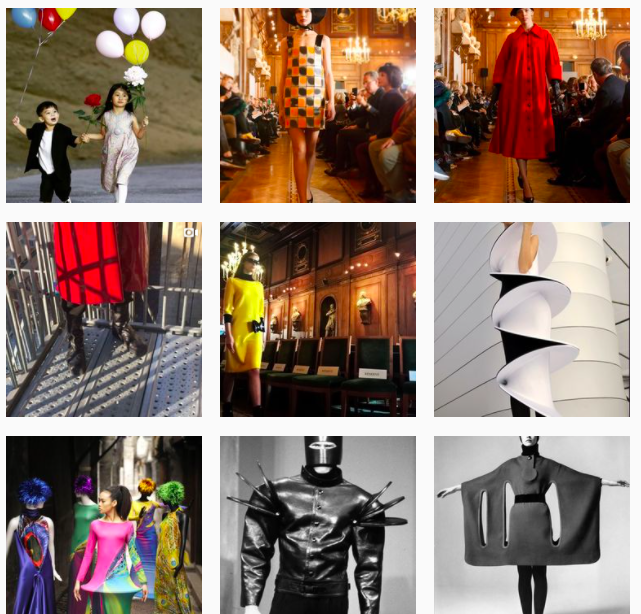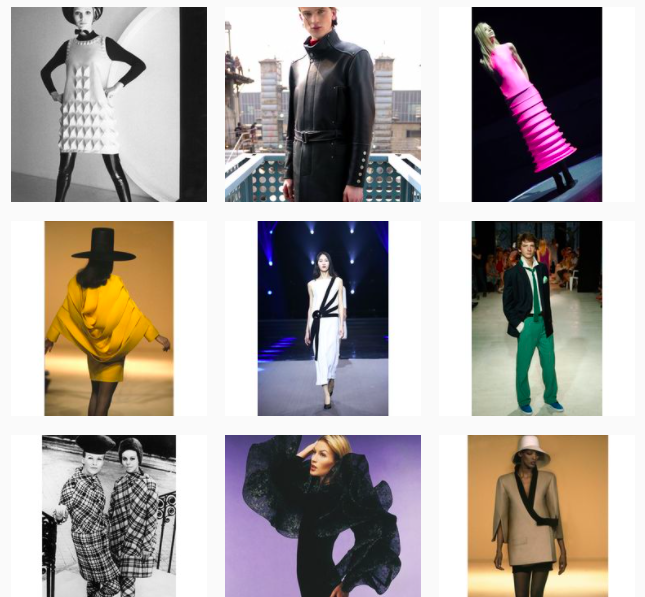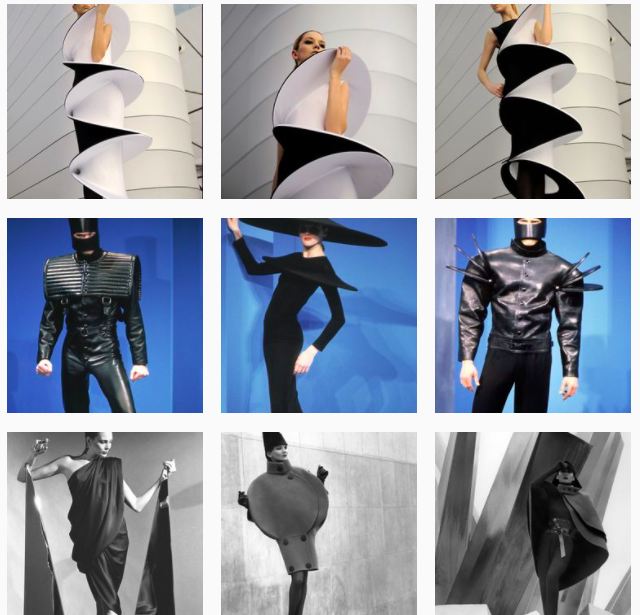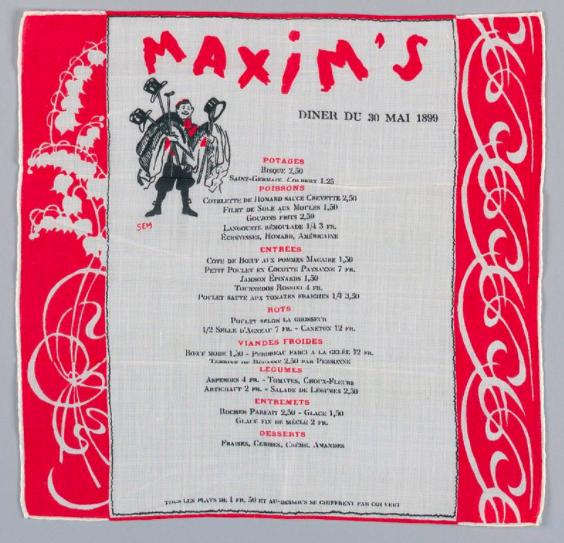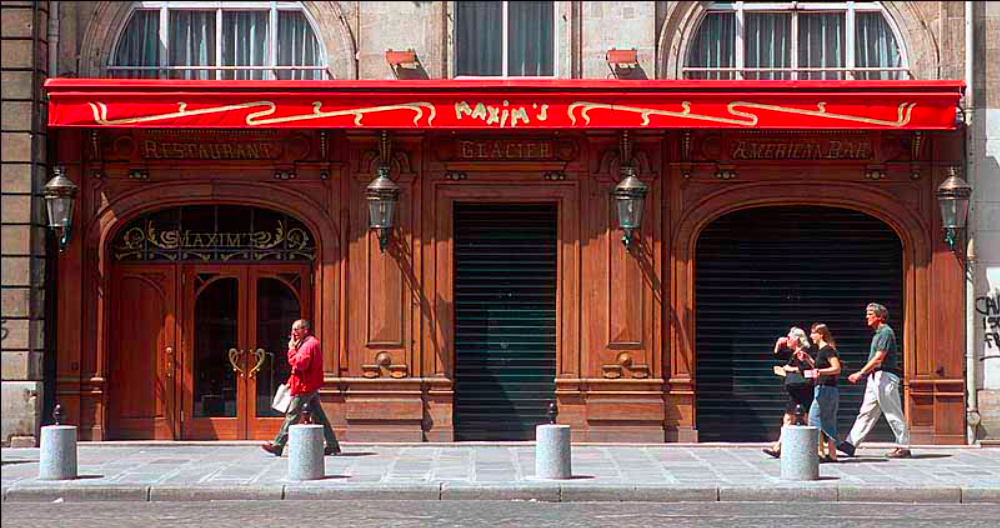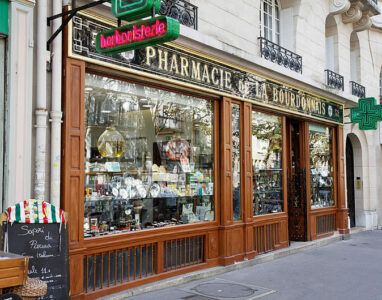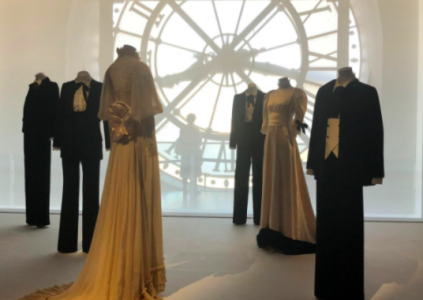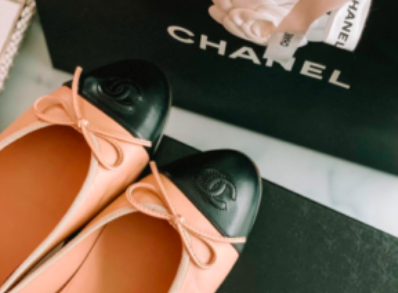When Prête-à-porter reached for the stars

In 1945 an unknown tailor from Vichy France joined the haute couture women’s fashion house of Paquin. It was the launch pad for a career that reached stellar proportions. He quickly moved on to Schiaparelli, and by 1946 he was employed by Christian Dior. Only four years later he founded his own fashion house and opened his first Parisian boutique Eve.
His name was Pierre Cardin, and his revolutionary ‘ready-to-wear’ concept hit the world of fashion like a tsunami.
Haute couture traditions went into meltdown.
His egalitarian strategy was seen by his peers as scandalous.
He was thrown out of the Chambre Syndicale and entirely banned from their fashion shows. “All of Paris was against me,” he said. Women’s fashion was not for the hoi polloi.
It was unthinkable,” said Pierre Cardin, “to make clothes for housekeepers and the Duchess of Windsor. But that’s what I liked. My goal was to dress the masses. Design should be aimed at as many people as possible.
His life’s mission became: “democratisation of women’s fashion.”
When Cardin was starting during the fifties, “Flash Gordon,” “Star Trek” “Space Patrol” and dozens of other futuristic soap operas clogged the airways as they fought for viewers on the new household gadget known as television.
Then, in 1957 fiction became reality when the Russians shocked the West with Sputnik, the artificial satellite that orbited the earth every ninety-eight minutes. The space race was well and truly on and its influence quickly extended into fashion. Life was soon mimicking art, or, in this case, science, and Cardin’s collections quickly featured jumpsuits, polo tops, round collars, mini skirts, and hats almost indistinguishable from space helmets.
On a post lunar landing visit to America in the sixties, Cardin tried on Buzz Aldrin’s original moonwalk space suit. The following year saw him designing spacesuits for NASA in parallel with his own futuristic designs.
His ‘Cosmos Collection’ included ribbed body stockings and vinyl minidresses worn with silver thigh-high boots, and catsuits of silver leather with domed geodesic bonnets. Astronaut-inspired helmets, metallic pendants, and Plexiglass vests were all part of the look. And always on the lookout for the latest technology, he was soon using LED ’embroidery’ to light up his “robes électroniques” .

He was the first to combine the mini and maxi skirts of the seventies by introducing a new hemline that had long pom-pom panels or fringes. And his designs started featuring outfits with slits and batwing sleeves and gypsy skirts with structured tops. He was captivated by geometric shapes that contrasted circles and straight lines.
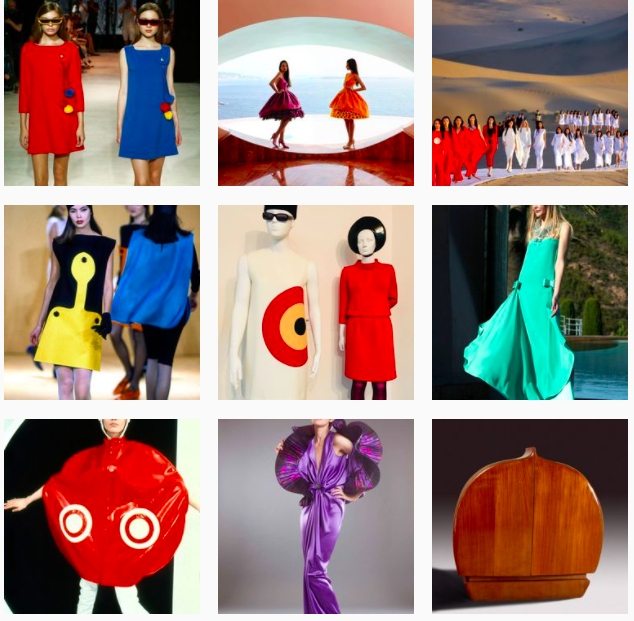
The Cardin ‘signatures’
Pierre Cardin’s most famous creation is still popular today.
It’s a characteristically loose-fitting dress tightened near the waistline and then flared out before being brought back again and ruched together along the hemline. Voila, Cardin’s celebrated signature, the “bubble dress”. It was an immediate and worldwide triumph.
Realising that the world outside the West was a beckoning market, he was quick to take his creations to destinations western high fashion hadn’t reached out to before. His designs were an instant success in Vietnam, China, the Philippines, India, and even Moscow’s Red Square.
This world view exposed Pierre Cardin to new world fashion. Indian Prime Minister Nehru’s jacket became the distinctive feature of the Beatles collarless suit.

The Barong Tagalog is an embroidered shirt made from pineapple fibre and silk. Ubiquitous in the Philippines, the shirt was redesigned by Cardin and worn, on occasion by Barak Obama, Justin Trudeau, George Bush, Bill Clinton and David Bowie.
In the 1980s, Cardin became another magnet for controversy: licensing.
He bought Maxim’s restaurant in 1981 and later that year launched his ready to wear line, Maxim’s Men’s Fashion.
He then franchised his name over a very wide range of disparate products. The Cardin signature was soon seen on furniture, sunglasses, baby pushers, pens, luggage, fragrances, watches, sports cars, tinned sardines and even tobacco products. The income flow this generated was enormous.
The Cardin marketing strategy was simplicity itself:
I’ll give you my name if you’ll give me your money.
Critics of this concept are legion. Many business and marketing gurus believe that this aggressive franchising caused Cardin’s cachet to crash. His name, they contend, nose-dived from one of the world’s most esteemed labels in fashion to a bargain-basement range of cast-offs.
But the simplicity of his reply is illuminating:
I’ve done it all! I even have my own water! If someone asked me to do toilet paper, I’d do it. Why not?
He once said that he made more money on a tie that sold for a few dollars than on a fabulously expensive couturier gown for an astoundingly wealthy personality.
Pierre Cardin real estate investments upset locals
Part of the fortune Cardin made from ready-to-wear fashion and franchising was always invested in classic French real estate. In 1990, he upset the locals in the dazzlingly pretty French village of Lacoste by buying the Marquis de Sade’s famous castle — plus 22 other properties. The chateau was where the notorious débauche and pornographer staged his notorious orgies and flagellations, with locals procured for his enjoyment.
La Palais Bulles near Cannes was another famous Cardin acquisition. He bought it as a holiday house. It measures 1200 square metres and comprises ten bedrooms, a reception hall, a panoramic lounge, a 500-seat open-air amphitheater, several swimming pools, and waterfalls set in extensive landscaped grounds overlooking the Mediterranean. The Palais was often available for hire at a snip of a price: yours for only 31,000 Euros a day.
Pierre Cardin —artiste
Cardin’s contribution to fashion is immense.
He changed the way the world looks at itself and how we all dress. He made trendy apparel available to everyone. And he popularised budget, off the shelf designs for men, women, and children from all walks of life. Although his biographer called him “The Man Who Became a Label,” let’s give the final (posthumous) word to Pierre Cardin himself:
I was born an artiste, but I am a businessman.
If you’d like to know more see the Review of the film: The House of Cardin
How aware were you about the life of Pierre Cardin before reading this article? Do you have any comments or experiences to share?
Image credits
1. Pierre Cardin via wikipedia
2. Brooklyn Museum via YouTube
3-7. Pierre Cardin Officiel via Instagram
8. Beatles in Pierre Cardin suits via Pinterest
9-10. Maxim’s via Wikipedia
11. Marquis de Sade’s famous castle via wikipedia
12. La Palais Bulles via wikipedia

